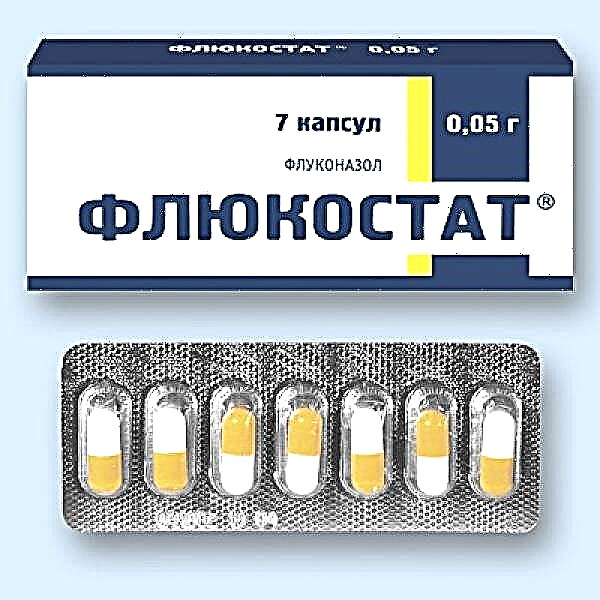
The instructions for modern pregnancy tests are usually made quite simple and understandable for everyone: two strips - there is a pregnancy, one - there is no pregnancy. But the results that women actually get after self-diagnosis are much more varied. There are weakly positive tests, there are “ghost” stripes that sow doubts, and there are perfectly clean, white tests on which there is not a single stripe at all. We will talk about such a strange result within the framework of this article.

How does it work and how does it work?
A pregnancy test, regardless of its price, brand, type (inkjet, tablet, strip-strip, digital), has a certain principle of action, which is the same for all test systems. It is based on the determination of a special substance - the hormone hCG (chorionic gonadotropin).
This substance is found in the blood of both non-pregnant women and men, but in small quantities - from 0 to 5 mU / ml. If a woman becomes pregnant, about a week after conception, the embryo is implanted into the wall of the uterus. The chorionic villi of the ovum provide not only attachment to the endometrium, but also nutrition for the fetus - they are intertwined with the mother's blood vessels. These villi produce large amounts of hCG to support the functions of the corpus luteum on the surface of the ovary. Every two days, the hCG content doubles.
Thus, the day comes when the concentration of human chorionic gonadotropic hormone exceeds the "non-pregnant" norms. The molecules of the hormonal substance enter the urine later, but by the beginning of the delay in menstruation, the concentration of hCG and in urine usually becomes available for determination.

The test is a strip (separate or hidden inside a special cassette, housing), which is divided into two zones. The first is the control one. In it, a strip appears when the strip comes in contact with liquids (almost any). The appearance of this band literally means that the test is serviceable and suitable for use. The second zone is a test one. It contains an impregnation with a reagent that is sensitive to certain amounts of hCG.
The amount of reagent and its type determine the sensitivity threshold of the test. There are ultrasensitive systems that determine hCG after its concentration exceeds 10-15 units per milliliter. Most tests have a sensitivity threshold of 20 to 30 units per milliliter, and therefore the second strip responds to the hormone only after the onset of a delay in menstruation.
The appearance of a strip in the test area indicates pregnancy.
If it is bright, this is an undeniable positive result. With a weak staining of the second strip, we can talk about a dubious or weakly positive result that needs to be rechecked.


No stripes
Understanding the principle of operation of the product, it will be easier to understand why the diagnostics showed nothing in the literal sense of the word. The absence of stripes suggests the following:
- the test is unusable;
- was improperly stored, and therefore the layer of the control zone was also damaged;
- test expired.
This will not be the case with innovative digital systems. They have a special indication, which even before determining the result shows whether the device is ready for use, whether it is working properly.

What to do?
If you get this result during the self-test, just repeat the test. To do this, use a different test, a different brand or from a different batch. If possible, inform the pharmacy where the unusable product was purchased about this fact. Perhaps the entire batch will be defective, which means that it should be withdrawn from sale.
It doesn't matter if there is a delay in menstruation or not. When obtaining just such a result, they say that there is no exact answer to the question of whether a woman is pregnant or not.




